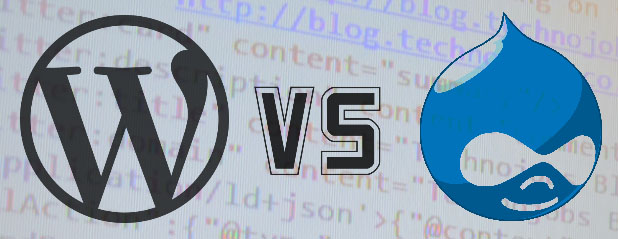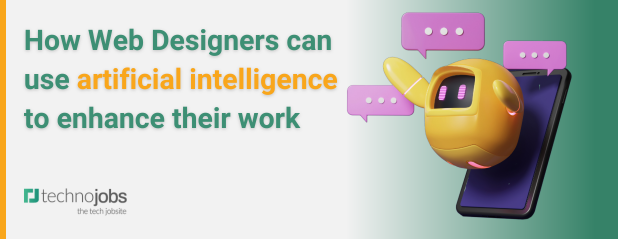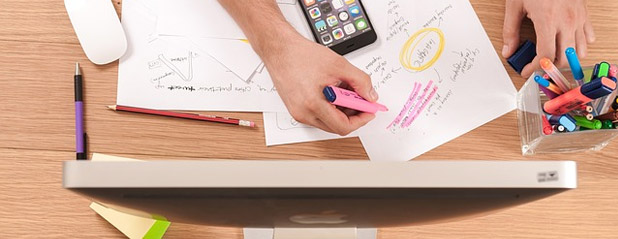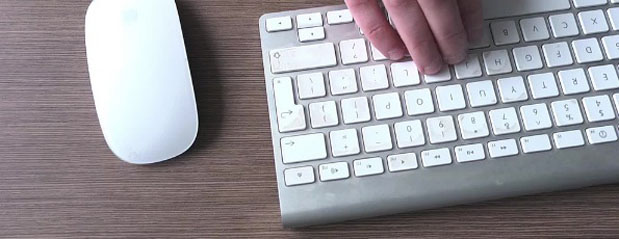How to Become a Web Designer
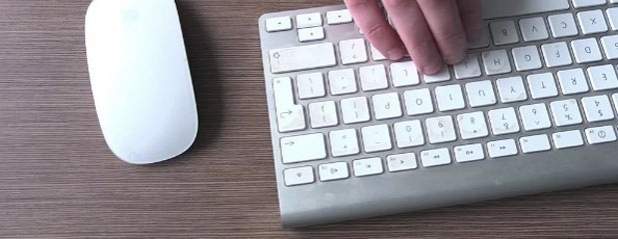
Companies and organsations are always on the lookout for creative web designers that can help craft exciting and innovative websites that can show off their brand in a unique and effective way.
Additionally with the growth of mobile, businesses want fresh, intuitive and high quality websites that are responsive and optimised for smaller devices like smart phones and tablets.
As a web designer you have the opportunity to work closely with clients to deliver the vision that the business needs require. If you have a good eye for design and detail and also like to spend a time analysing the look and layout of other websites than you could learn how to become a web designer.
As a web designer, you need to be able to envision how the site will look and be able to effectively communicate with the client as well as establishing a good relationship. Having good people skills and strong attention to detail will help see a project to the end. It’s also vital to have perseverance and motivation because deadlines are wholly important and sticking to them can prove quite stressful so it’s good to have these strengths.
The UX (User Experience) is very important to websites as the design and layout should have a clear, precise interface that has call to actions that can be followed through with ease in a pleasant setting. The design process can start from an idea, to a basic wireframe all the way up to the final design itself. As a web designer you need patience and excellent communication skills since designs can change rapidly from simple, small elements to entire designs depending on the client's needs. Be prepared to produce multiple designs too so the client has choice.
Qualifications and Skills
It certainly helps to have a creative flair as well as knowledge of HTML, CSS and Javascript. There are web design courses available but the quickest way to become a web designer is to teach yourself. Applications such as Dreamweaver and Photoshop are very useful and can give you the tools to get started in web design. There are also wireframing tools like Balsamiq Mockups that are useful for the pre-production stage of design. It also helps to view existing websites and to inspect elements to learn how parts of the web page are built. Google’s Chrome’s ‘Inspector Tool’ is an excellent way of getting under the hood of a website and learning how things work via HTML, CSS and Javascript code.
Here are some essential skills to have as a web designer
- Understanding of HTML, CSS and Javascript
- Basic knowledge of web programming and scripting languages
- Proficient skills in web design applications e.g Adobe Dreamweaver
- A creative and imaginative mindset
- Attention to detail and problem solving skills
- Good communication and ability to work with deadlines
- An understanding of SEO and and SERP (Search Engine Ranking Positions)
Web Designer vs Web Developer
It's important to distinguish the different between web designer and web developer. As a web designer you’re responsible for the look and feel of the website as well as the wireframe and layout. A web developer is responsible for the functionality and complex programming of a website. Whereas a designer is more of an architect, the developer provides the life and power to a website through programming methods and frameworks. There are several back-end web programming languages that can be used to develop a website, with the most popular being PHP, ASP and Python. Other languages such as Java, C++ and Perl are also quite common and many larger, more complex websites may use more than one programming language to operate the frameworks of their website. And finally, a web developer needs an understanding of databases such as MySQL which is the most popular database on the internet.
It's not uncommon for some web designers to only produce the design in applications like Adobe Indesign without providing the HTML or CSS as the functionality is usually up to the web developer. It's still important to have an understanding of basic front-end web languages but some clients may just commision you for only the design only whereas others might be interested to see simple functionality before handing it to the web developer.
Experience
It will be difficult to apply for web designer jobs without any experience or a portfolio to show off but a good way to get yourself started is to buy a domain space from a hosting provider such as Godaddy or 1and1 and create your own personal website. Not only can it be a test-bed for experimenting new designs, layouts and styles but you could eventually turn it into your online portfolio. You can use a CMS like a Wordpress or Drupal to provide the frameworks for your website and eventually start advertising your services to help find your first client and build your experience from there.
Salary and benefits
Web Design Salaries have been rising for a year or so along with demand and the average salary is now around £30,000. This signifies a rise of over 7% on the same period last year and looks to continue to rise throughout this year. Entry level Web Designers can expect to start out with a modest salary of around £22,000; however this rises quite sharply with experience and earning £40,000 is very achievable with experience.
Web Designers can also work freelance or contract if you like the idea of working for yourself.

